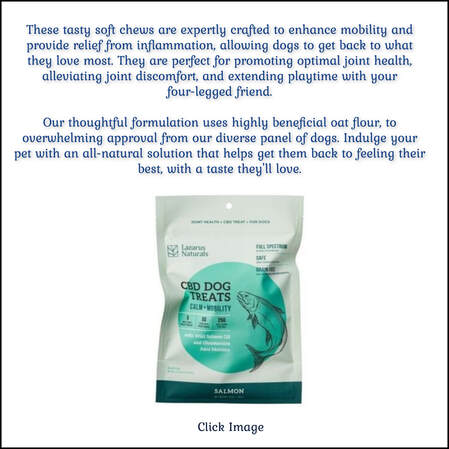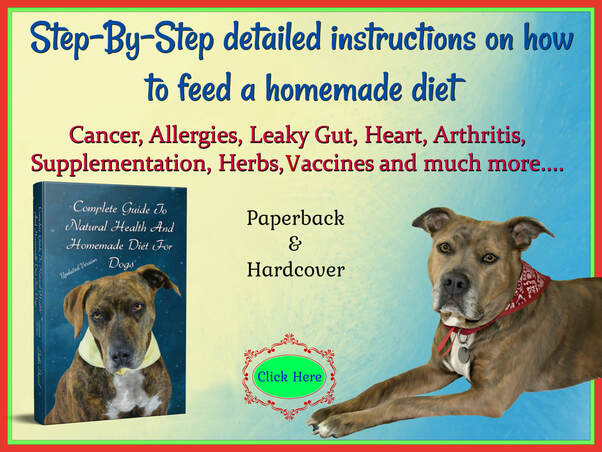|
By Natchez Trace Vet Services
Bringing your dog home after ACL surgery can be a daunting experience! ACL surgery is a major operation, and the incision and stitches appear painful. How do you know what is normal and what is not normal? Is there anything special you can do to make your dog feel better? The following information should put your mind at ease! What to Expect the Night Immediately After ACL Surgery Here’s a compilation of situations that seem concerning to pet owners after surgery. Although concerning to pet owners, the following scenarios are normal post-anesthesia behavior. Your Dog Doesn’t Want to Drink Not wanting to drink the night after surgery is normal. |
|
Thirst and appetite may not be completely normal for a few days after surgery.
Your Dog Seems Disoriented and/0r Listless Disoriented and/or listless behavior is normal after sedation and anesthesia. Listless behavior may continue until the next morning. Your Dog Howls and Whines Through the Night Many dogs howl and whine the night after surgery. Such behavior is a normal reaction after undergoing anesthesia. The Surgery Site Bleeds or Seeps Seeping and bleeding from the surgery site is normal and may continue for several days. Your Dog Hates Wearing the Cone Your dog must wear a cone to keep him/her from licking and chewing the surgery site. Licking and chewing of the surgery site is the most common cause of infection. Your pet must wear the cone for 10-14 days to avoid infection and damage to the suture. Do not take the cone off!! Pets can chew through their suture line in less than 30 seconds. |
|
What You Should Do When You Bring Your Dog Home
You’ve just returned home from the vet’s office and want to make your pet as comfortable as possible. What should you do? Offer your pet small amounts of water when you get home. Later on, you may offer small amounts of food. Realize your dog’s appetite may not be completely normal for a few days. Check your dog’s incision daily for redness, swelling, or discharge. If you observe any of the above signs, please bring your pet by for a recheck. Sometimes pets will have what we call a “suture reaction.” Suture reactions occur when the body rejects the suture material. There is no treatment for a suture reaction. |
|
Restrict running, jumping & climbing stairs for the next ten (10) days. Too much activity can cause damage to the surgery leg. No swimming or bathing for the next ten (10) days. Swimming or bathing can introduce bacteria into the incision and cause infection. You may wipe and clean the suture area with a warm, damp cloth. DO NOT GIVE ASPIRIN, TYLENOL, OR ANY OTHER PAIN RELIEVERS!!! Over-the-counter pain relievers can be poisonous to pets! We can prescribe safe pain medication when needed. We need to remove your dog’s stitches and/or staples need in 10-14 days. Please return for this service. There is no extra charge for suture removal, unless we need to sedate your dog. |
|
You must limit your dog’s activity. ACL Repair is a complicated surgery! Your dog will need to rest and recover over the next several weeks. The first two weeks after surgery are the most crucial for proper healing. You will need to supervise your pet full-time during the first two weeks. You must not allow your pet to jump on and off furniture. Do not allow any off-leash activity during the two-week healing period, either. Your dog can go up and down stairs.
Please supervise at all times and only allow stair climbing when necessary. Physical Therapy After ACL Surgery Improves Range of Motion The first week, you will be performing only massage, ice packs, and light range of motion. Gradually increase the intensity as your dog progresses through the therapy program. A program of laser therapy can help speed healing and reduce inflammation at the surgery site. |
|
The recommended schedule of laser therapy is 2 visits per week for 3 weeks, a total of 6 sessions. Please contact our office if you would like laser therapy for your dog!
How to Speed Healing and Make Your Pet More Comfortable After ACL Surgery You can actually speed healing, make your pet more comfortable, and improve the surgery’s final outcome by performing a few simple tasks during your dog’s recovery period. This simple post-surgery protocol will provide your dog with the best possible outcome and make him more comfortable in the weeks following surgery. Leash Walks Leash walks should be short in length and controlled. Walk at a slow pace and encourage placement of the affected limb. Doing so encourages weight bearing and strengthens the leg. Only leash-walk for 5 minutes two to three times daily during the first week. During the second week, work up to 10 minutes two to three times daily. |
|
Range of Motion
Range of motion exercises decrease the chances of forming scar tissue. The formation of scar tissues can cause permanent limits in your dog’s range of motion. Make sure you perform the range of motion exercises! Range of motion exercises can be painful at first. You can ease the pain by supporting the limb with one hand over the knee and one hand grasping below the hock. Next, gently extend the right rear limb and flex it as far as your pet will allow for 10-15 reps two to three times daily. Gradually work up to 20 reps. Ice Packs Use ice packs the first week of post-op to reduce inflammation and soreness. Place an ice pack over the knee for 10-15 minutes after exercises twice daily. |
Stifle/Knee Braces
Another one on Amazon: https://www.amazon.com/Kruuse-Rehab-Left-Protector-Large/dp/B00Z0U9VFU?th=1
**Canine Arthritis And Joint is intended for informational, educational and entertainment purposes only and is not a substitute for medical advice, diagnosis or treatment. Do not attempt to self-diagnose or treat any health condition. You should always consult with a healthcare professional before starting any diet, exercise or supplementation program, before taking any medication, or if you have or suspect your pet might have a health problem. The opinions expressed by Canine Arthritis And Joint are not to be replaced for medical care. This website and the information contained herein have not been evaluated by the Food and Drug Administration. The information and opinions on Canine Arthritis And Joint are not intended and cannot be used to diagnose, treat, cure, or prevent any disease. This applies to people and pets!
This site uses affiliate links such as banners you may see that allows for paid commissions.
This site uses affiliate links such as banners you may see that allows for paid commissions.
Canine Arthritis And Joint © Copyright 2015-2024
Designed By Paw Prints Web Design
Designed By Paw Prints Web Design









